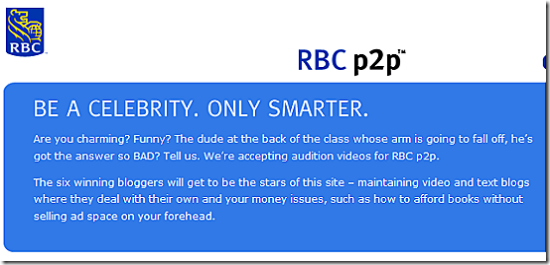September, October and November are traditionally great months for new product announcements. True to form, at least five major U.S. mobile banking announcements appeared last week. Brandon McGee posts a quick synopsis here.
Of special interest were the announcements by Firethorn/CheckFree and Monitise/Metavante, all of which will be presenting at our upcoming FINOVATE conference in New York City on Oct. 2 (see note 1).
Firethorn Firethorn ended a relatively quiet stretch with an important announcement, the addition of Ogden, Utah-based America First Credit Union to its mobile banking consortium which includes Wachovia Bank among others (see previous coverage here). The top-10 credit union has more than 400,000 members and gives Firethorn a reference account in the credit union and non-mega-bank categories. The service is expected to go live in early 2008.
Firethorn ended a relatively quiet stretch with an important announcement, the addition of Ogden, Utah-based America First Credit Union to its mobile banking consortium which includes Wachovia Bank among others (see previous coverage here). The top-10 credit union has more than 400,000 members and gives Firethorn a reference account in the credit union and non-mega-bank categories. The service is expected to go live in early 2008.
We've had the pleasure of hearing the Firethorn story several times, but going into the critical fall marketing period, it will be interesting to hear an update on the Firethorn rollout with AT&T and Verizon Wireless.
Monitise/Metavante Joint Venture Although disclosed in March of this year, the Monitise and Metavante joint venture was officially announced last week (here). Monitise crosses the Atlantic with mobile banking and payment solutions already widely deployed in its United Kingdom home market under the MONILINK brand. Its client list reads like a who's who of U.K. financial and telecom players: BT Global Services, T-Systems, HSBC, First Direct, Alliance & Leicester, Royal Bank of Scotland, NatWest, Vodafone, Orange, O2, T-Mobile and Hutchison 3G. The JV's Oct. 2 presentation at FINOVATE marks the first time the new entity, Monitise Americas, will be on stage to DEMO the new service expected be available by year-end.
Although disclosed in March of this year, the Monitise and Metavante joint venture was officially announced last week (here). Monitise crosses the Atlantic with mobile banking and payment solutions already widely deployed in its United Kingdom home market under the MONILINK brand. Its client list reads like a who's who of U.K. financial and telecom players: BT Global Services, T-Systems, HSBC, First Direct, Alliance & Leicester, Royal Bank of Scotland, NatWest, Vodafone, Orange, O2, T-Mobile and Hutchison 3G. The JV's Oct. 2 presentation at FINOVATE marks the first time the new entity, Monitise Americas, will be on stage to DEMO the new service expected be available by year-end.
Note:
1. Our FINOVATE 2007 DEMO conference is expected to sell out some time next week, so if you want to reserve a place you should register ASAP at www.finovate.com.


























